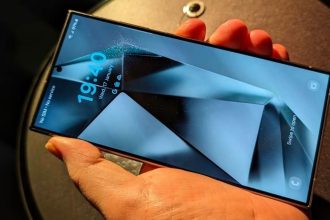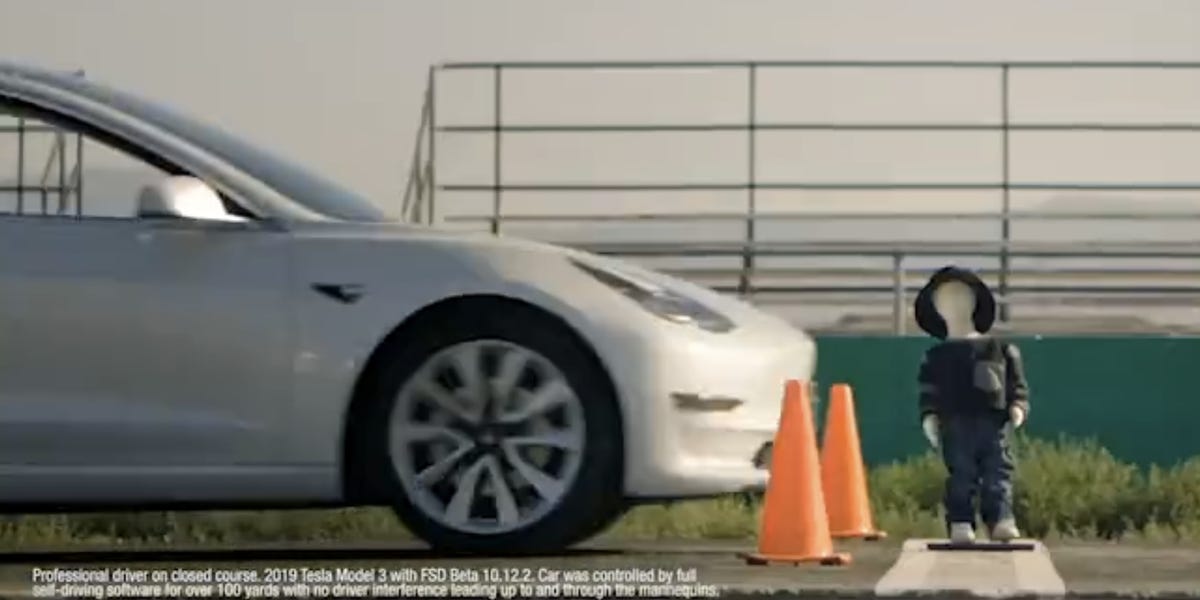- Tesla has been testing Full-Self-Driving software for the last several years.
- The software has been besieged by lawsuits and investigations questioning its safety.
- Here’s a look at the Tesla feature and where it stands now.
Entrepreneurs like Tesla CEO Elon Musk have said self-driving cars will make regular vehicles obsolete, but most Americans are wary.
A recent survey found that three out of every four Americans feel less safe driving or riding in a car that has self-driving features.
Still, that hasn’t stopped Tesla from continuing to develop FSD technology. Here’s a look at where it currently stands.
What is a Tesla FSD car?
Full Self-Driving software beta was first released in 2020 to select Tesla owners, and is now available to anyone who pays for the software upon request. It’s currently in about 400,000 cars in the US, according to Tesla.
Importantly, FSD is not self-driving, despite the name. The tech enables Teslas to automatically change lanes, enter and exit highways, recognize stop signs and traffic lights, and park. Because it requires a licensed human driver ready to take control at any time, its classified by industry standards as Level 2 (of 5).
The software costs $15,000 initially plus a monthly fee of $99 or $199 depending on if you’re going from Basic Autopilot to FSD to Enhanced Autopilot to FSD.
What is the difference between Full Self-Driving, Autopilot, and Enhanced Autopilot?
Every Tesla comes equipped with Autopilot, which only works on the highway. It’s able to autosteer within a lane and has adaptive cruise control to keep up with traffic, something that’s standard on a lot of new cars these days.
Enhanced Autopilot is able to navigating highways from on-ramp to off-ramp, including automatic lane changes an signaling. It’s also able to autopark and can be “summoned” from a parking spot to pick you up.
FSD is able to do all of the other feature of autopilot, with the added functionality of city streets, stop signs, traffic lights, and more. It still requires a human monitor, but plenty of drivers have posted videos showing the software smoothly traversing intersections and roundabouts.
Of course, there are plenty of examples of FSD struggling with routine driving tasks
Like slowing for speed bumps
And choosing the correct lane.
That’s not to mention numerous crashes involving Tesla’s automated systems and stopped emergency vehicles that are under federal investigation.
Tesla’s “phantom braking” problem, also under investigation, reportedly caused an eight-car pileup in the San Francisco Bay Area in late 2022. The NHTSA says it’s received more than 700 reports of the Tesla phantom-braking issue. Tesla refutes that any phantom braking issue exists.
How do I get Tesla FSD?
As of November 2022, it’s now possible for anyone who paid for the option to sign-up for the beta and use Tesla FSD. You can subscribe to the full self-driving capability through the Tesla app, if you paid for the feature and your car is equipped with the option. Under the Autopilot menu, click the “Request Full Self Driving Beta” button, and accept the terms and conditions.
In February, the company recalled about 360,000 cars with the software due to safety risks around intersections. It rolled out a software fix in March.
The updated FSD software is supposed to improve the car’s decision-making at intersections and stoplights, deliver smoother stops at stop signs, adjust better for speed limit changes, and improve recognition for when the vehicle needs to exit a turn lane in order to keep driving straight.
Read the full article here




